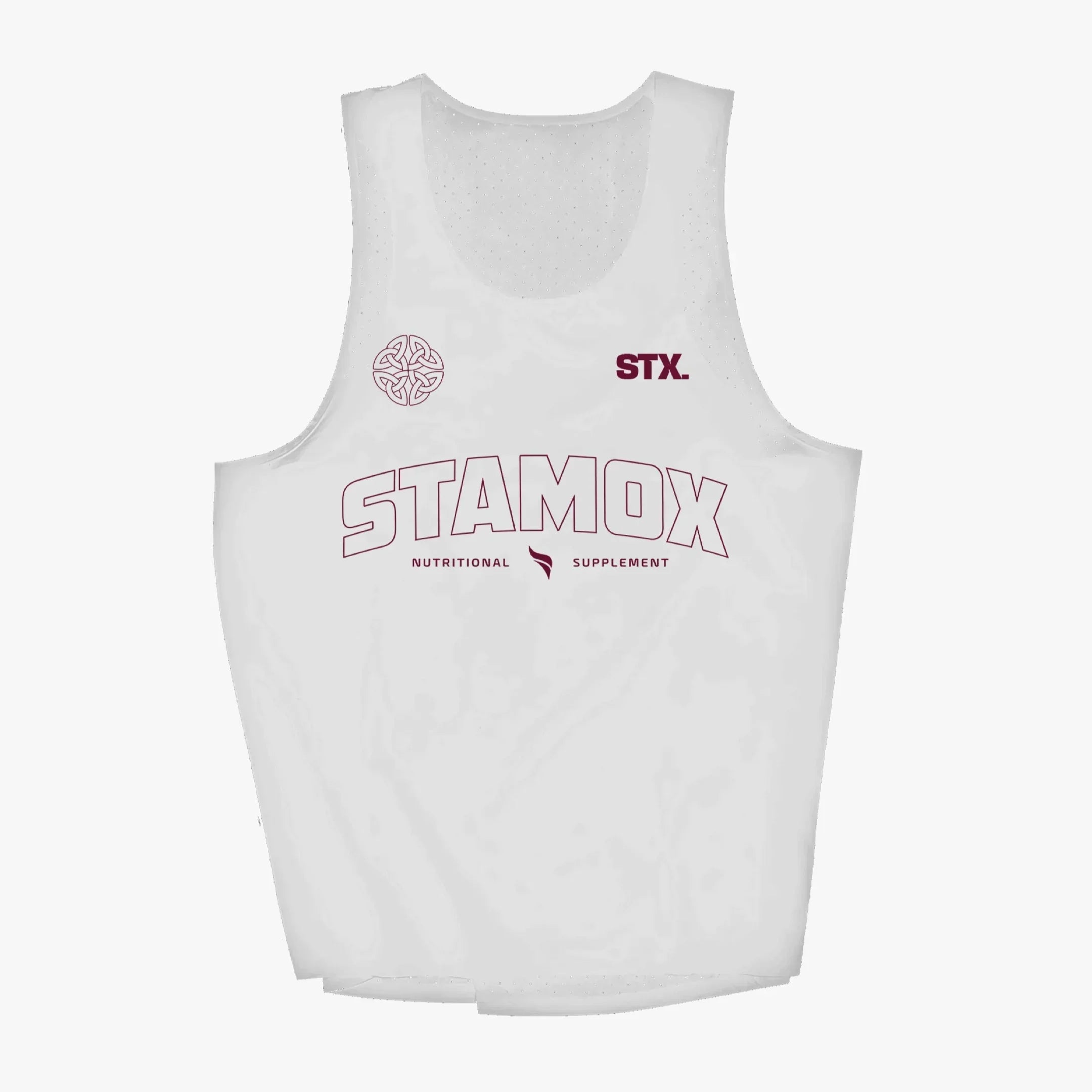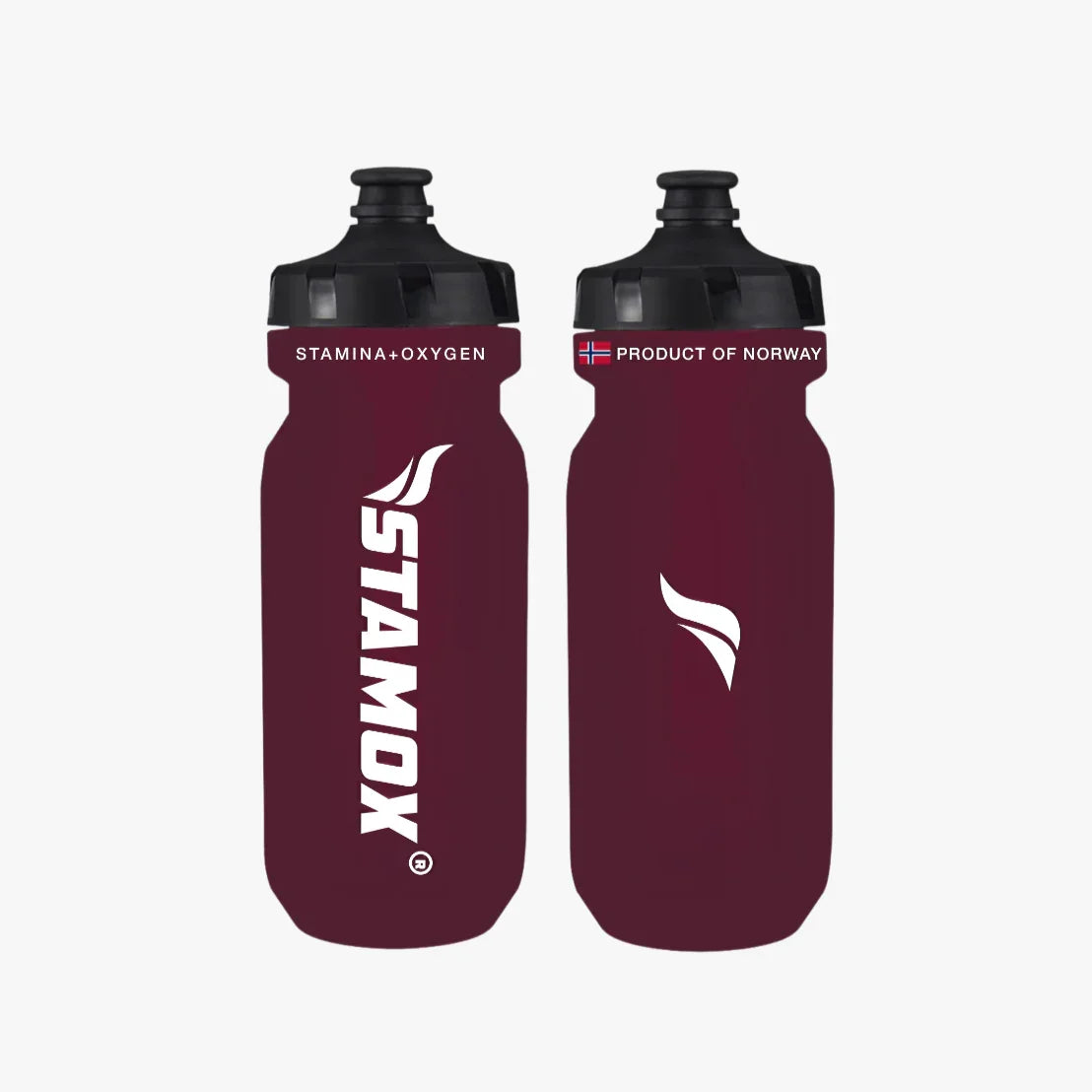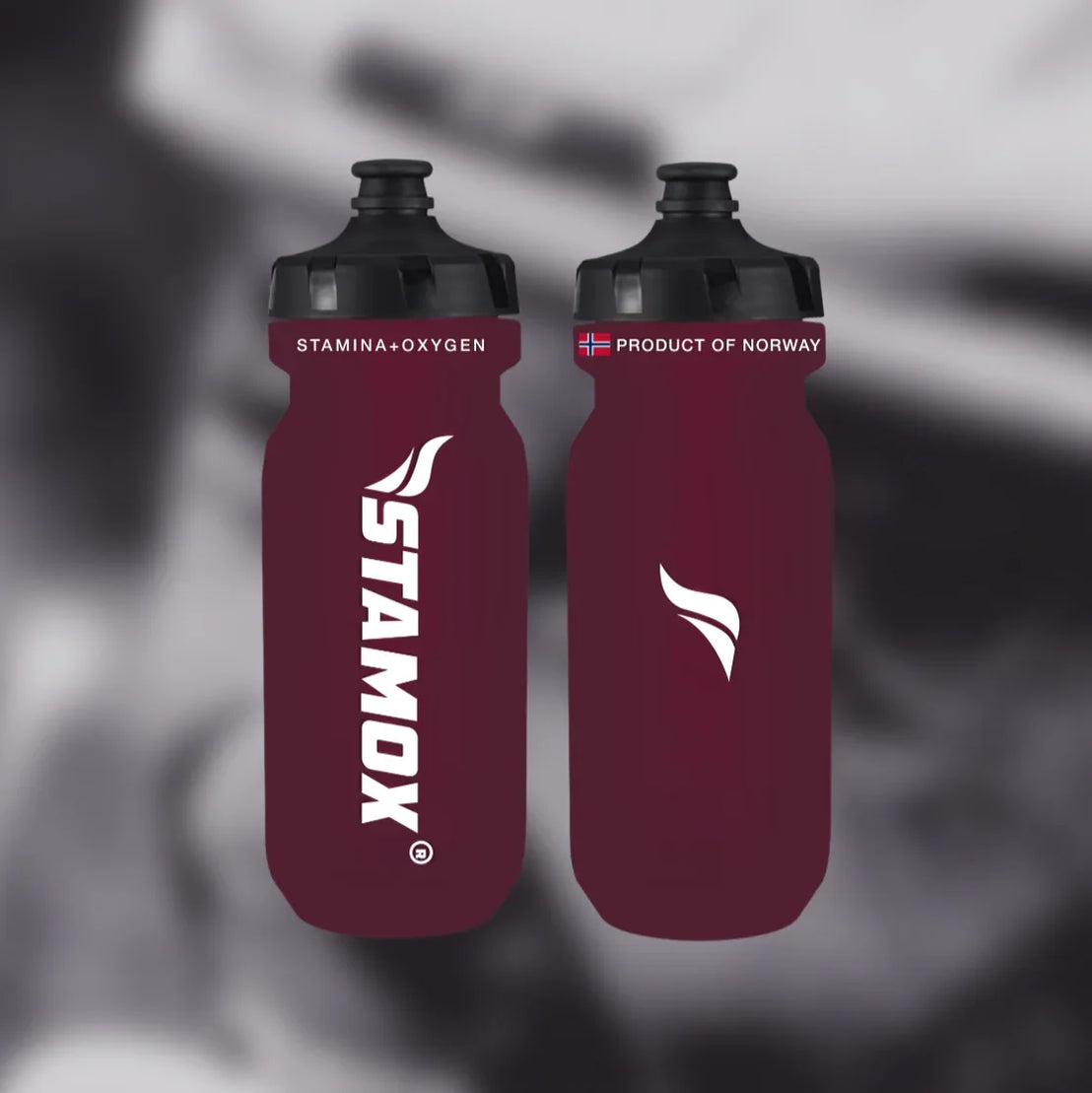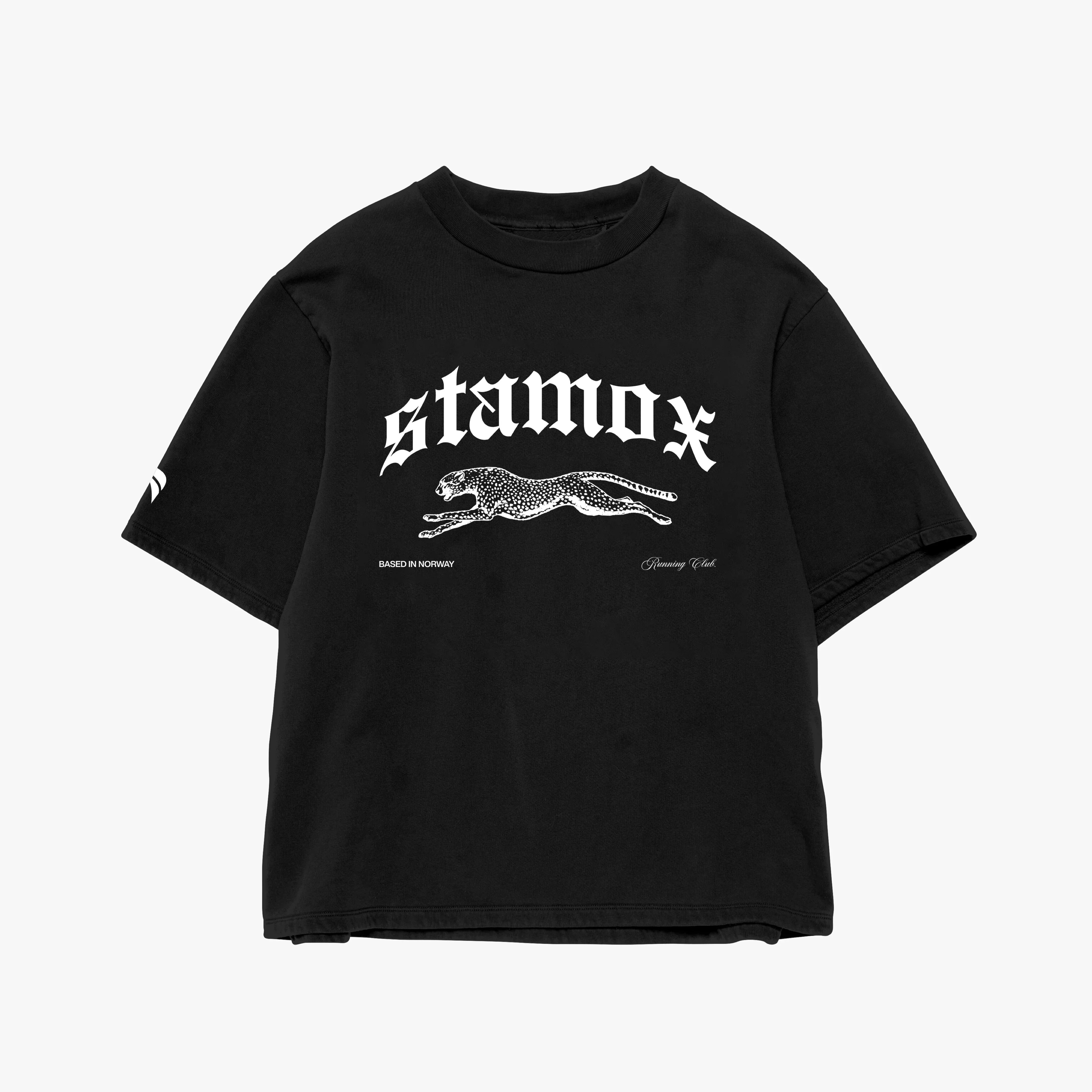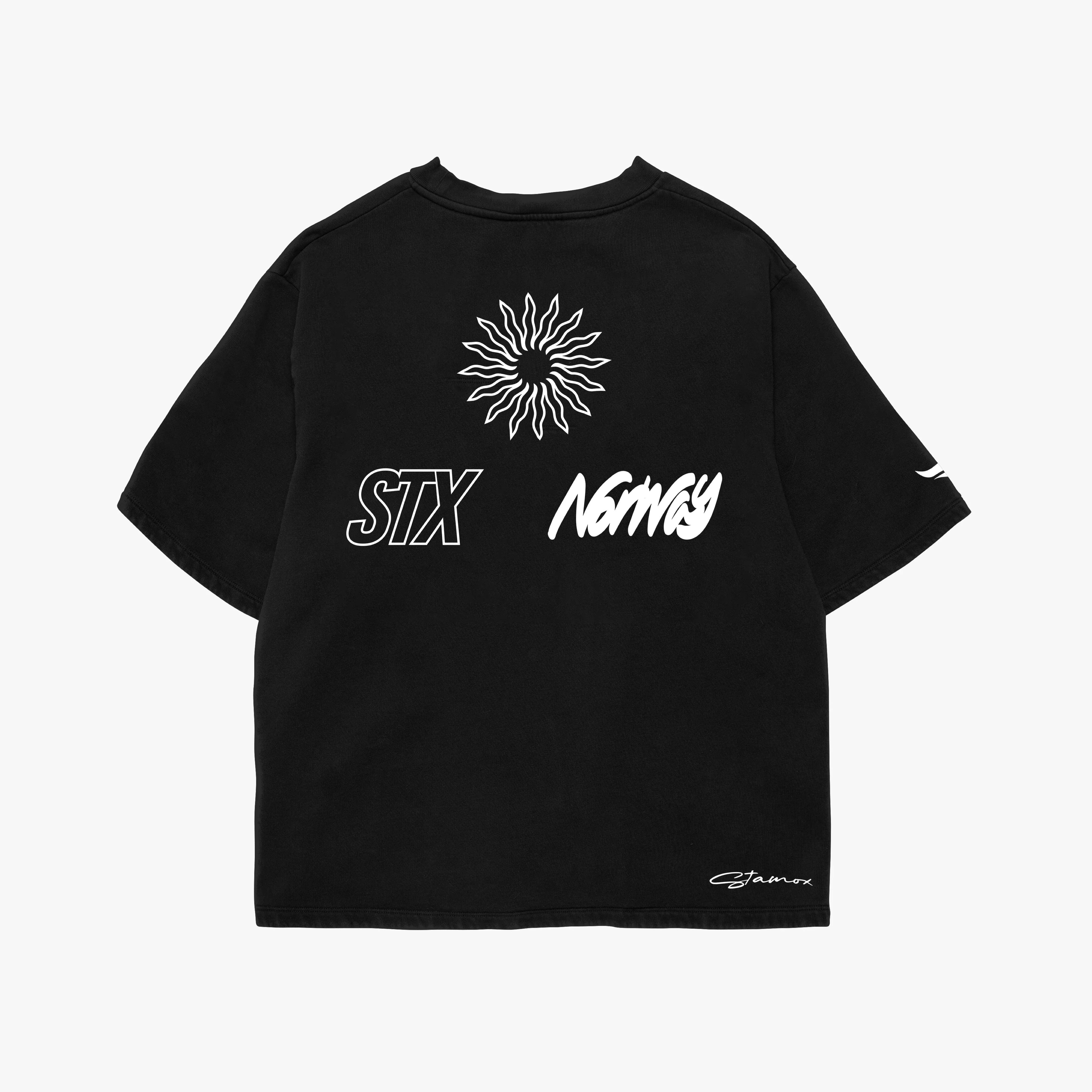The Norwegian Sports Edge: More Than Just Training
Norway's athletic dominance is global. Champions thrive in endurance, soccer, and golf. The secret is not just one training plan. It is an extension of the whole Norwegian Sports Culture. This culture is steeped in nature and nurture. It provides the foundation for extreme success. This approach is rooted in the "open-air life."
This article shares excerpts from The Norwegian Method, by Brad Culp.

Pillar 1: The Cultural Safety Net
Norway's social welfare system is key to its success. It supports trial and error among its young. Triathlete Gustav Iden credits this safe space for exploration. Norwegian Sports Culture removes the fear of failure. Young athletes know a decent job awaits them, win or lose.
Imagine attempting huge goals without fear of financial ruin. This social safety net is rare globally. It allows a larger talent pool to pursue elite sport. This stability is a huge competitive advantage. It helps create both happy and healthy children.
Pillar 2: Friluftsliv and Free Play
The foundation is built in childhood. A 2020 Lancet study praised Norwegian youth health. Norway ranked highest in mental and physical metrics. Their Scandinavian neighbors followed closely behind. The United States lagged far behind at 39th place.
A major factor is access to the outdoors. Norwegian children play freely and often outside. This is called friluftsliv, or "open-air life." This concept is core to the national identity. Parents often leave babies outside for fresh air exposure. This is thought to build immune systems and toughness. Norwegians are proud of their love for the elements.
Udeskole: Learning in Nature
The outdoor focus continues into education. Many schools incorporate udeskole, or "outdoor school." Children spend one day a week completely outside. This promotes free-range learning and independence. Kids learn by doing, not just by hearing. This encourages trial and error from a young age. This attitude bleeds into the Norwegian Sports Culture. Try something new, test it, and keep only what works.
Pillar 3: Ownership and Delayed Competition
Norwegian youth learn to take ownership of their actions early. This self-reliance transfers directly to sports. Norwegian Sports Culture values skills and independence first. True competition is often delayed until the teenage years. This prevents burnout and maintains joy in the sport. It aligns with the "Children's Rights in Sport" charter. This focus on long-term development is vital for endurance athletes. Discover the technical side of the Norwegian Training Method.
The Holistic Human Development Model
Norway’s success goes beyond sport. Golfer Viktor Hovland and Chess Grandmaster Magnus Carlsen thrive. This shows the Norwegian Sports Culture is a model for life. Their approach generates extraordinary humans in body and mind. It is about living well, not just training hard.
The United Nations Human Development Index often ranks Norway highly. This indicates a superb foundation for molding healthy kids. Good coaching and smart training build on this base. The real ticket to greatness is often found in the art of living well. That is something Norway has nearly perfected.
The golden generation of Norwegian athletes (and chess grandmasters) owes a little bit to science but a lot more to the art of living well—something Norway has nearly perfected over the last century. The United Nations publishes something called the Human Development Index each year, which ranks all 196 countries on earth based on how healthy and wealthy its citizens are. Switzerland finished first in the 2022 rankings, which was most remarkable because it ended Norway’s 14-year streak at the top. Now if this list were indicative of athletic performance, athletes from Liechtenstein would strike fear in the rest of the world. What it is indicative of is the foundation needed to mold healthy and happy children. The rest is a matter of good coaching and maybe a bit of luck when it comes to the right athlete finding the right sport—as was the case for Kristian Blummenfelt.
Norwegian Sports
The essence of the Norwegian training success lies in the Norwegian model of living. This approach takes a holistic view of the human body and mind. Its core tenets are independence, resilience, and prioritizing time spent outdoors (friluftsliv).
This cultural foundation is key to generating extraordinary individuals. Its impact spans beyond endurance sports; it fosters champions in diverse fields:
- Erling Haaland (soccer)
- Viktor Hovland (top-ranked golf)
- Magnus Carlsen (greatest chess player ever)
While the technical training programs of elite Norwegian athletes (like Kristian Blummenfelt and Jakob Ingebrigtsen) share fundamental physiological principles with the best in Kenya or the Netherlands, the true competitive advantage is cultural.
Norway's long-term dominance is built on the art of living well, which the country has nearly perfected. For years, Norway topped the United Nations Human Development Index (HDI), which measures wealth and health. While the HDI doesn't predict individual athletic performance, it establishes the ideal foundation: a high quality of life that molds healthy, happy, and resilient children. This robust start, combined with great coaching, is the ultimate secret to their golden generation.
Enhance Your Performance with Beetroot Power
Elite Norwegian athletes prioritize physiological efficiency. They focus on marginal gains. Supplements like beetroot are part of this focus. Beetroot boosts nitric oxide (NO) for better blood flow. This supports the intensive training approach. Find a high-quality product to support your body's efficiency. Beetroot provides a natural, proven performance boost. Shop our performance-boosting beetroot supplements.






